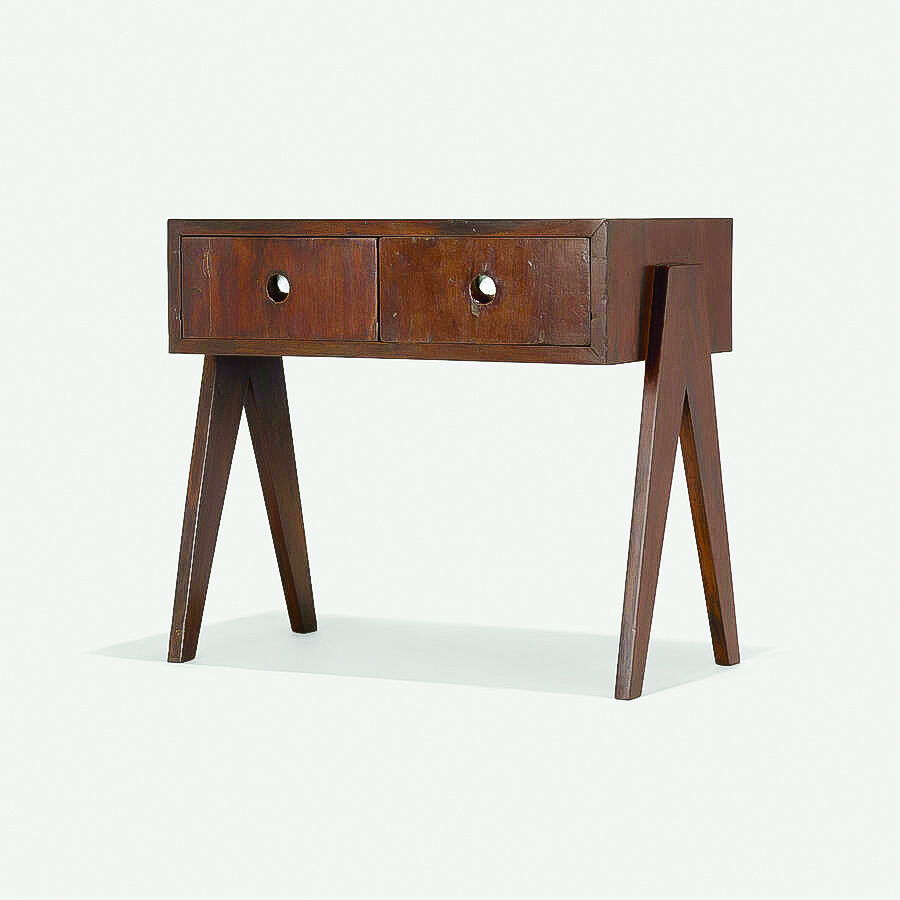
The auctioning of Chandigarh’s cultural heritage items in Chicago, USA, despite a longstanding government ban on their movement beyond the city’s borders, has sent shockwaves through India and the international community.
Chandigarh, often hailed as a modernist architectural marvel, bears the imprint of visionaries like Le Corbusier and Pierre Jeanneret. The furniture and artifacts designed by Jeanneret for the city’s Capital Project are not merely objects but symbols of Chandigarh’s unique identity and historical significance.
However, the recent auction conducted by Wright in Chicago, where seven Chandigarh items fetched a total of Rs 69.18 lakh, including a pair of easy arm chairs selling for over 21 lakh, has raised serious questions about the efficacy of existing regulations in safeguarding India’s cultural heritage.
Despite the Ministry of Home Affairs’ ban on the movement of such goods beyond Chandigarh, the auction house proceeded with the sale, highlighting glaring loopholes in enforcement and oversight mechanisms. The auction’s defiance of Indian regulations has sparked widespread outrage, with calls for urgent action to address systemic failures and prevent further erosion of India’s cultural legacy.
Legal experts and cultural authorities are urging the government to strengthen measures to protect Chandigarh’s heritage, including the declaration of these artifacts as art treasures under Section 2 (b) of the relevant Act, thereby imposing stricter export controls.
The complaint, spearheaded by advocate Ajay Jagga, has been directed to relevant government bodies including the Ministry of Culture, Ministry of External Affairs, and Ministry of Home Affairs, urging swift and decisive action to rectify the situation and preserve Chandigarh’s cultural treasures for future generations. As the debate intensifies, there is a growing consensus that protecting Chandigarh’s cultural treasures is not just a matter of legal compliance but a moral imperative to safeguard India’s rich heritage for future generations.














